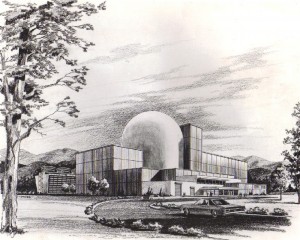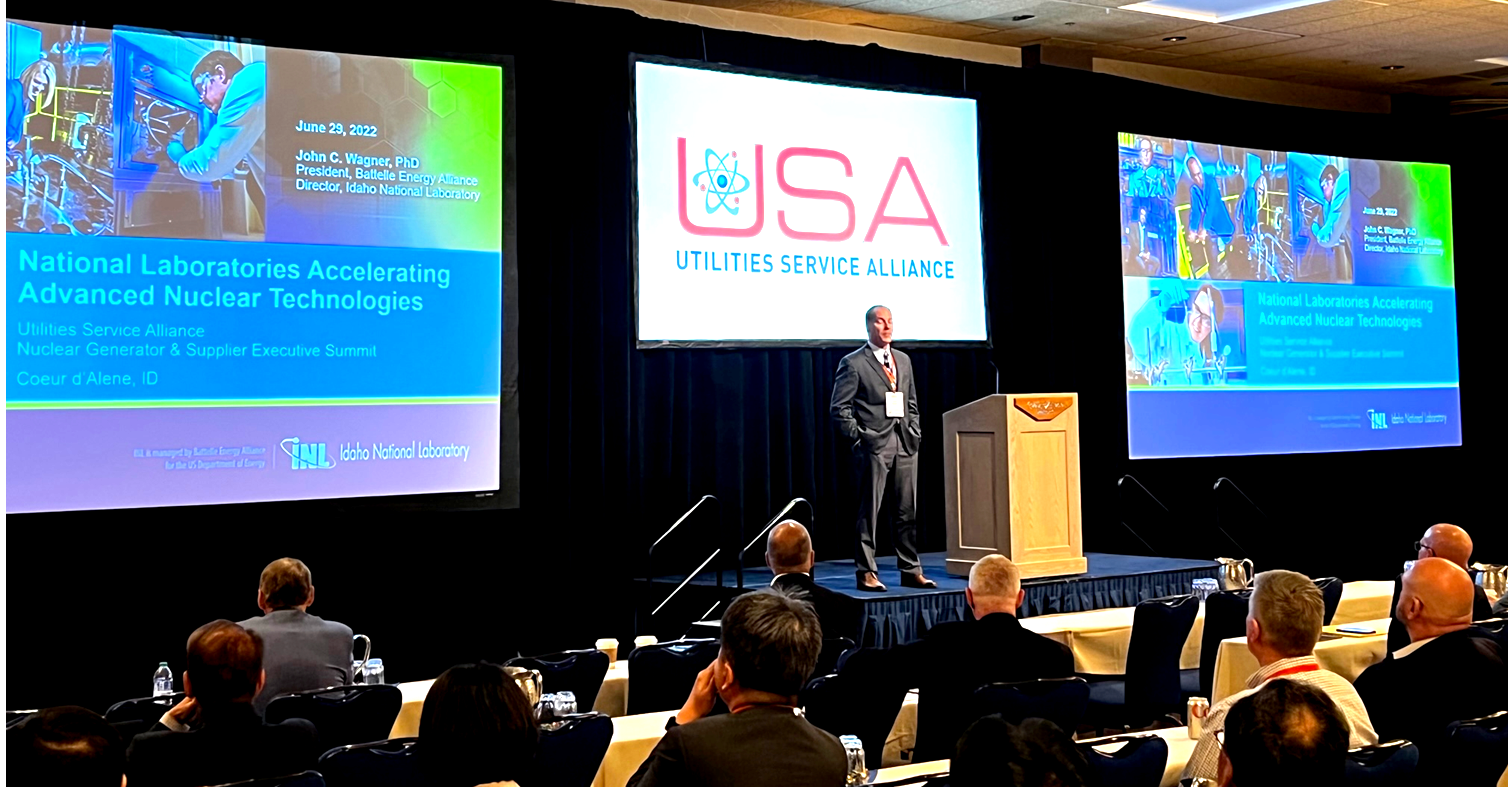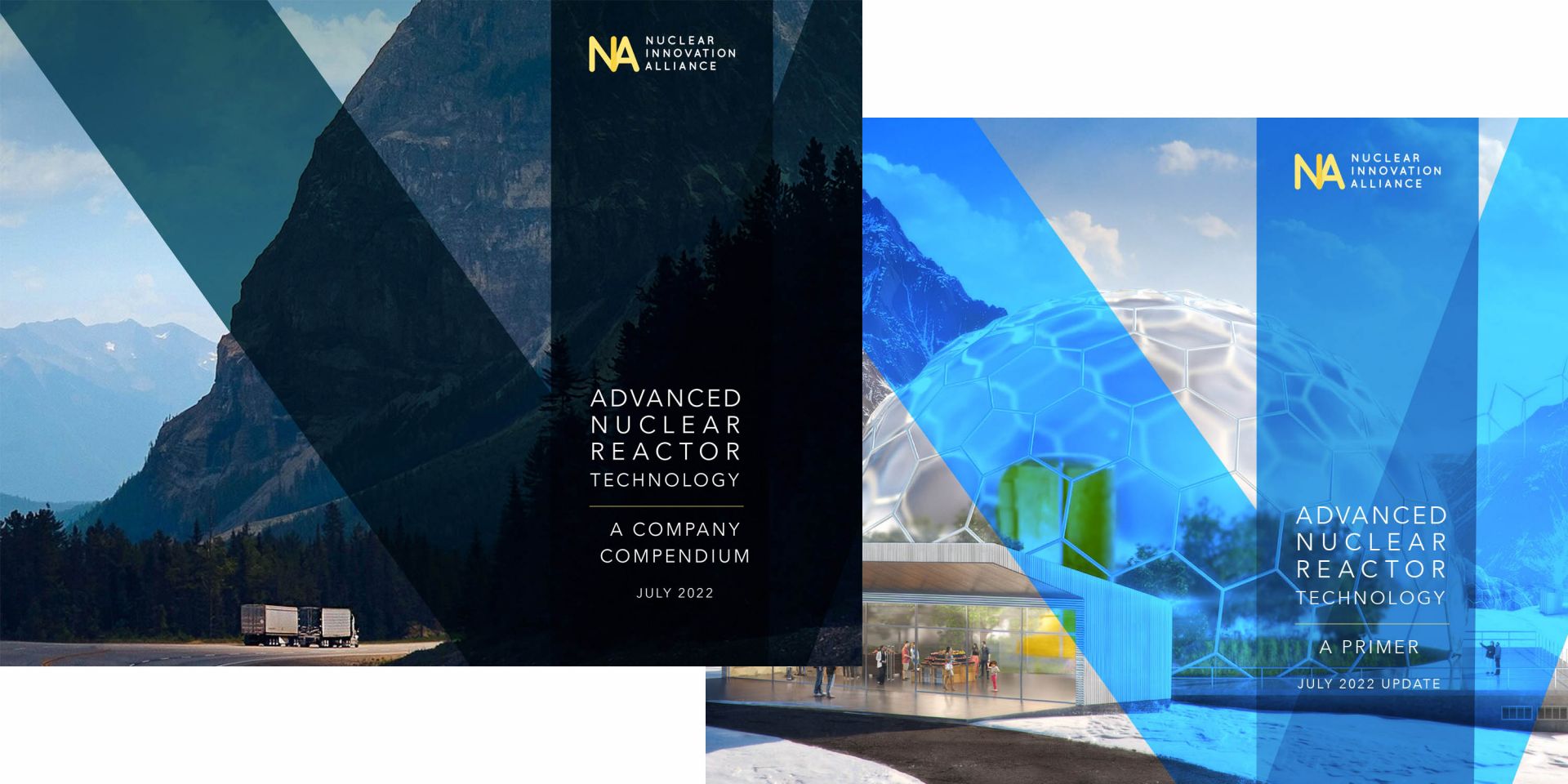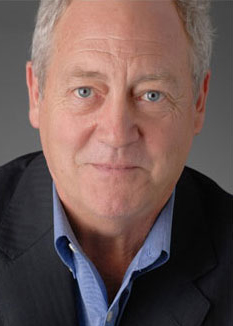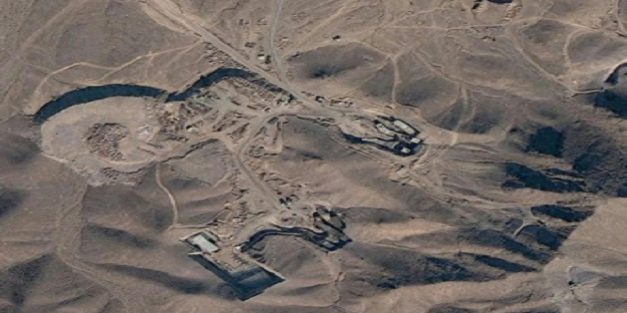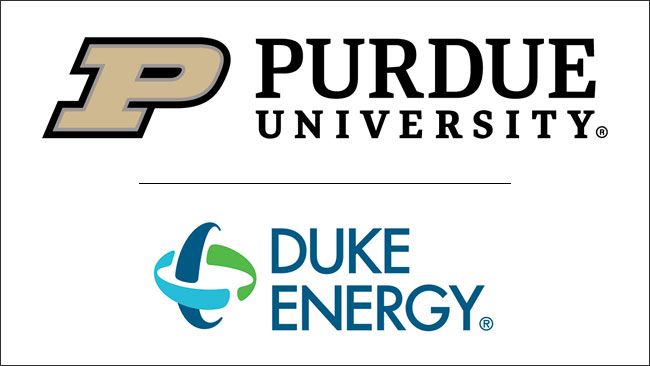Native bees swarm near a hive at the former K Reactor Area on the Hanford Site. Bees swarm and begin looking for a new place to nest when a colony becomes overcrowded. (Photo: DOE)
The area near the Hanford Site’s former K reactors is buzzing with activity as several of the Department of Energy’s environmental cleanup projects continue near the Columbia River in Washington state.
That’s not the only thing that’s buzzing, however. While preparing some old equipment for removal earlier this spring, workers with Central Plateau Cleanup Company (CPCCo), a contractor of the DOE Office of Environmental Management Richland Operations Office, discovered a large colony of native bees.
An artist rendering of the Science and Engineering Research Center under construction at Abilene Christian University. The SERC will house the NEXT Lab's new advanced university research reactor sponsored by Natura Resources.
The first university-based molten salt research reactor (MSRR) is one step closer to reality with Abilene Christian University’s Nuclear Energy eXperimental Testing (NEXT) Laboratory recently signing a contract with Teledyne Brown Engineering. After considering more than a dozen engineering firms, the NEXT Lab selected Teledyne Brown to perform the front-end engineering and design work to produce the reactor on the Abilene campus. The contract was described by NEXT Lab director Rusty Towell as “a significant step into the detailed design and construction phase of this project.” The hope is that the 1-MWt MSRR will go critical in 2025.
Indian Point nuclear power plant. (Photo: Daniel Case)
“If we’re serious about dealing with climate change, then we’re going to need all the tools in the toolbox, which includes nuclear, not just now but in the future,” Keith Schue, an electrical engineer affiliated with Nuclear New York is quoted as saying in an article on the (Lower Hudson Valley) Journal News website, lohud. Schue adds, “We do believe that closing Indian Point was a mistake. But are we going to continue making mistakes or can we learn from them?”
A rendering of the Clinch River breeder reactor project.
DISCLAIMER: The views expressed in this article are those of the author and do not necessarily reflect the views of the American Nuclear Society.
To provide a place for constructive conversation and exchange of ideas, I have built the website lmfbr.com. There, interested persons will find a description of the liquid metal fast breeder reactor technology and an outline of its history. The site is intended for an audience already generally familiar with light water reactors—but most particularly, it is meant to encourage comments so that the community can identify a pathway for deployment of LMFBRs through a conceptual design and institutional approach that draws upon collective experience, recent innovation, and re-visitation of approaches previously considered that have been long lying dormant. The website is also intended to suggest areas where further creative thought could be directed to improve the economic and operational performance of the LMFBR concept to make it highly competitive with LWRs.
John Wagner, director of Idaho National Laboratory and president of Batelle Energy Alliance, delivered the keynote address at the 26th Annual Nuclear Generator & Supplier Executive Summit. (Photo: USA)
The 26th Annual Nuclear Generator and Supplier Executive Summit, hosted by Utilities Service Alliance (USA), was held at the Coeur d’Alene Golf and Spa Resort in Idaho from June 28 through July 1. About 375 attendees were present for this year’s meeting, themed “Nuclear’s Next Wave” which featured presentations and discussions on emerging nuclear technologies and designs, as well as an integrated tradeshow with about 50 industry suppliers exhibiting products, services, and ideas.
The Fordow fuel enrichment site in Iran. (Source: MDAA)
Iran has begun enriching uranium to a purity level of 20 percent using advanced IR-6 centrifuges at its Fordow Fuel Enrichment Plant, a pilot facility located underground near the city of Qom. The Atomic Energy Organization of Iran made the public announcement on June 10, although it reported the news to the United Nations’ International Atomic Energy Agency two weeks before, according to NBC News.
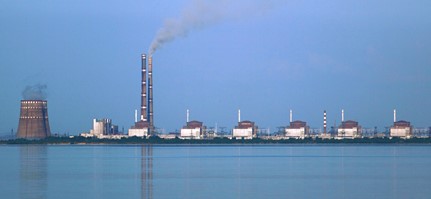



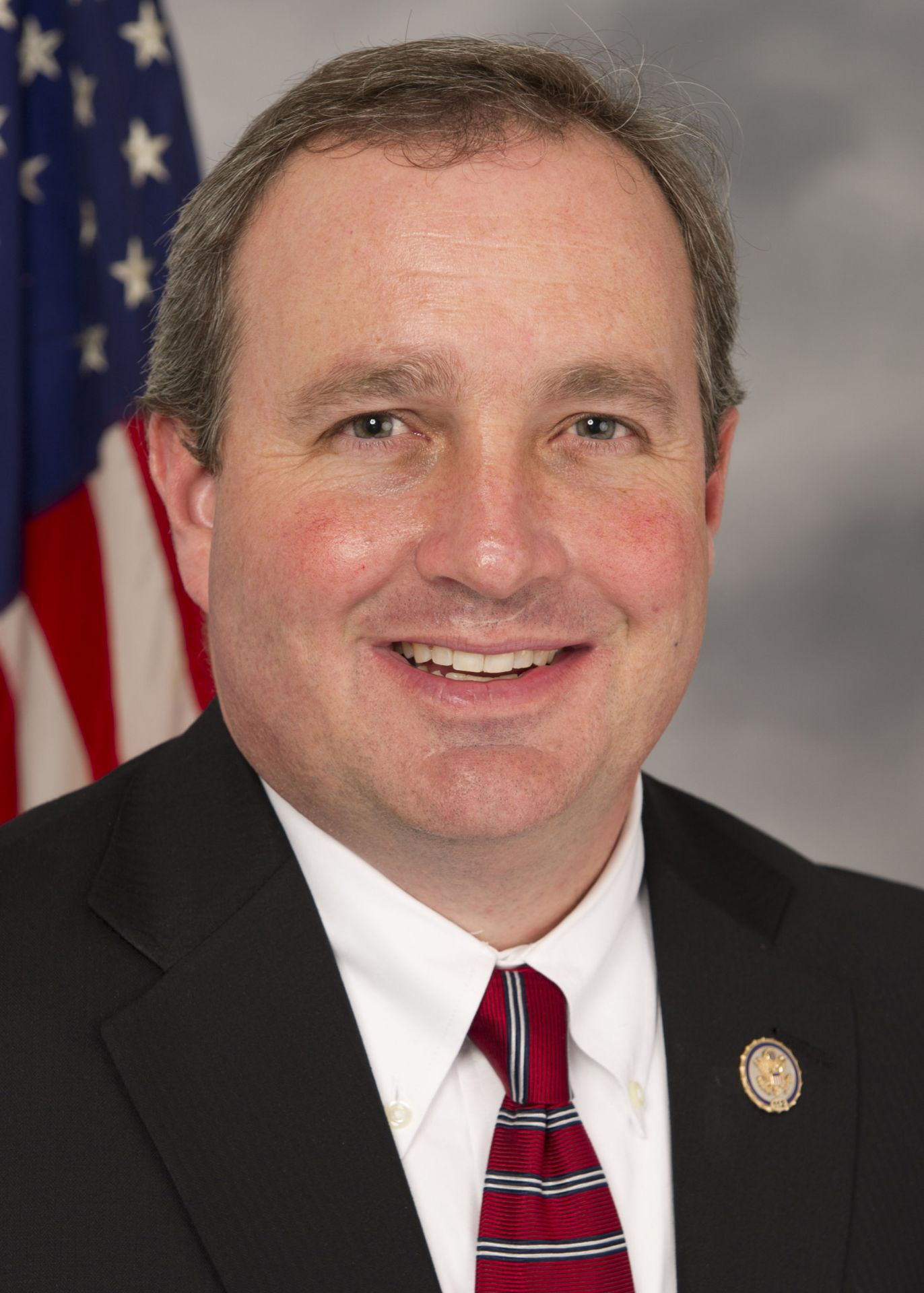
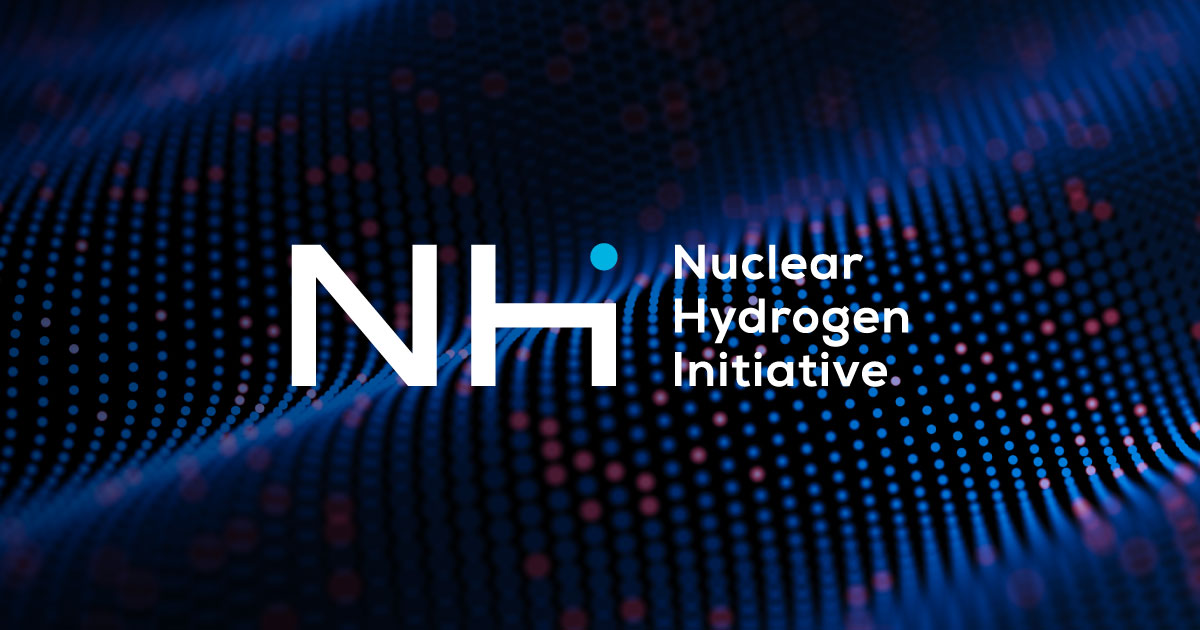
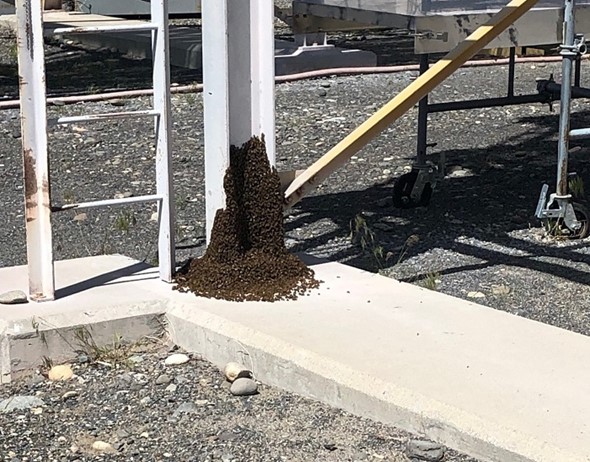
.jpeg)


